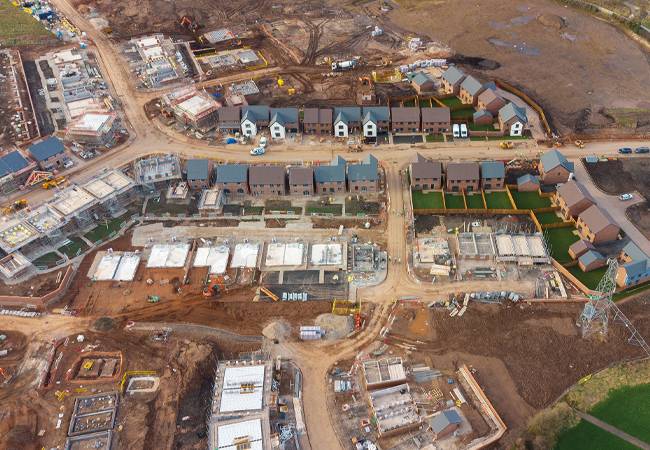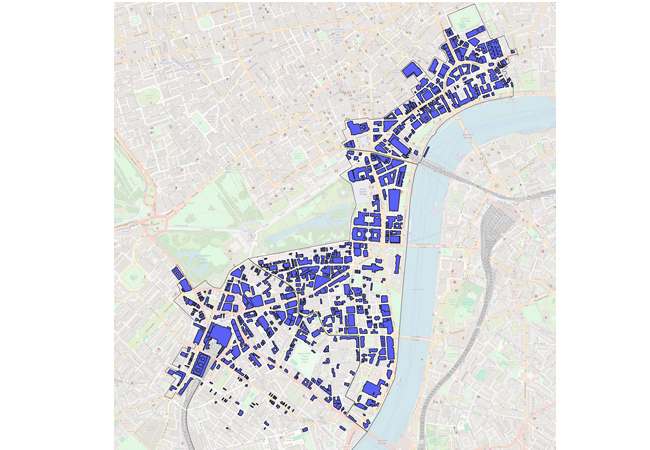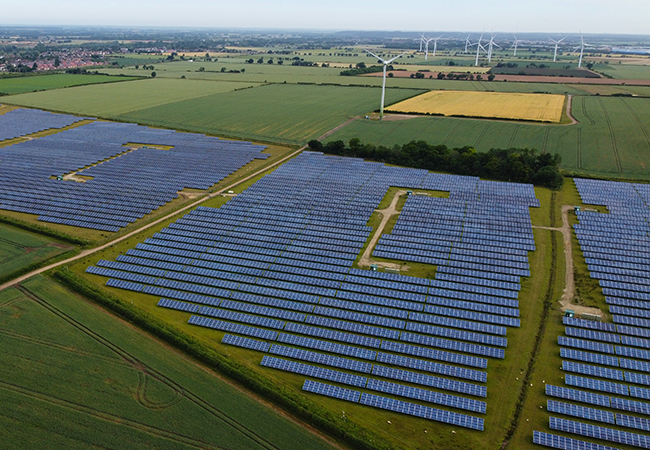
The government has proposed new measures to improve ventilation and tackle overheating in new buildings, as part of its consultation on changes to Parts L and F of the Building Regulations for non-domestic buildings and homes.
New homes must cut their target carbon emissions by 30%, and non-domestic buildings by 27%, to meet the requirements of the revised Part L. These new design targets will come into effect in June 2022, with the regulations regarded as a stepping stone towards the Future Homes and Buildings Standard, which aims to make all buildings ‘net zero ready’ from 2025.
Cundall partner Simon Wyatt said the government should have targeted higher carbon emissions reductions: ‘The scale of the reduction was lower than the industry said it could deal with, which was a 50% reduction.’
Julie Godefroy, CIBSE’s head of sustainability, added: ‘The uplift is a significant missed opportunity to provide a meaningful step towards the Future Homes and Buildings Standard, and it risks adding to the legacy of buildings and networks that will need future retrofit.’
The government proposes three performance metrics against which new non-domestic buildings will be measured: primary energy, a CO2 emissions target, and minimum standards for fabric and fixed building services. The introduction of a primary energy metric aims to make energy efficiency of each building a priority, regardless of the heat source, but it has been criticised by LETI co-founder Clara Bagenal George, who said: ‘Primary energy is a complex metric, with factors that change over time. It will become increasingly irrelevant as the Grid decarbonises, and it favours gas over electricity, going against heat decarbonisation objectives.’
LETI suggests that operational energy becomes the key metric. ‘It is already well known and understood within the sector, as well as by building owners and occupiers,’ said George.
The government also intends to set the Fabric Energy Efficiency Standard so there is a ‘meaningful uplift to the fabric of new homes and greater CO2 savings’.




